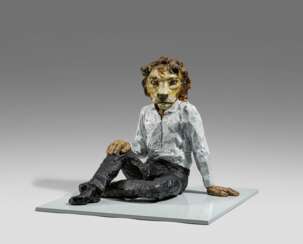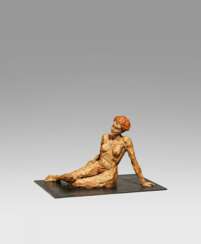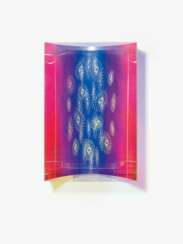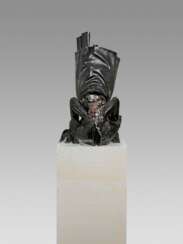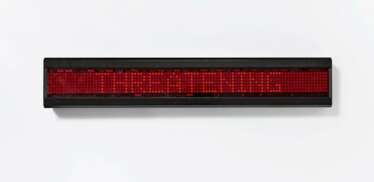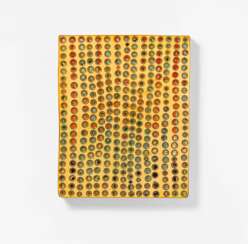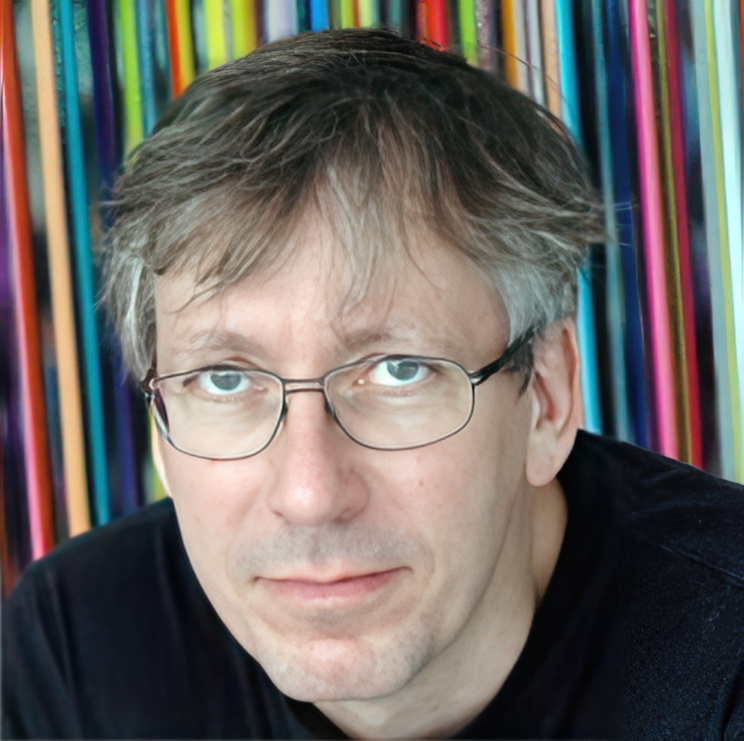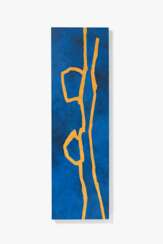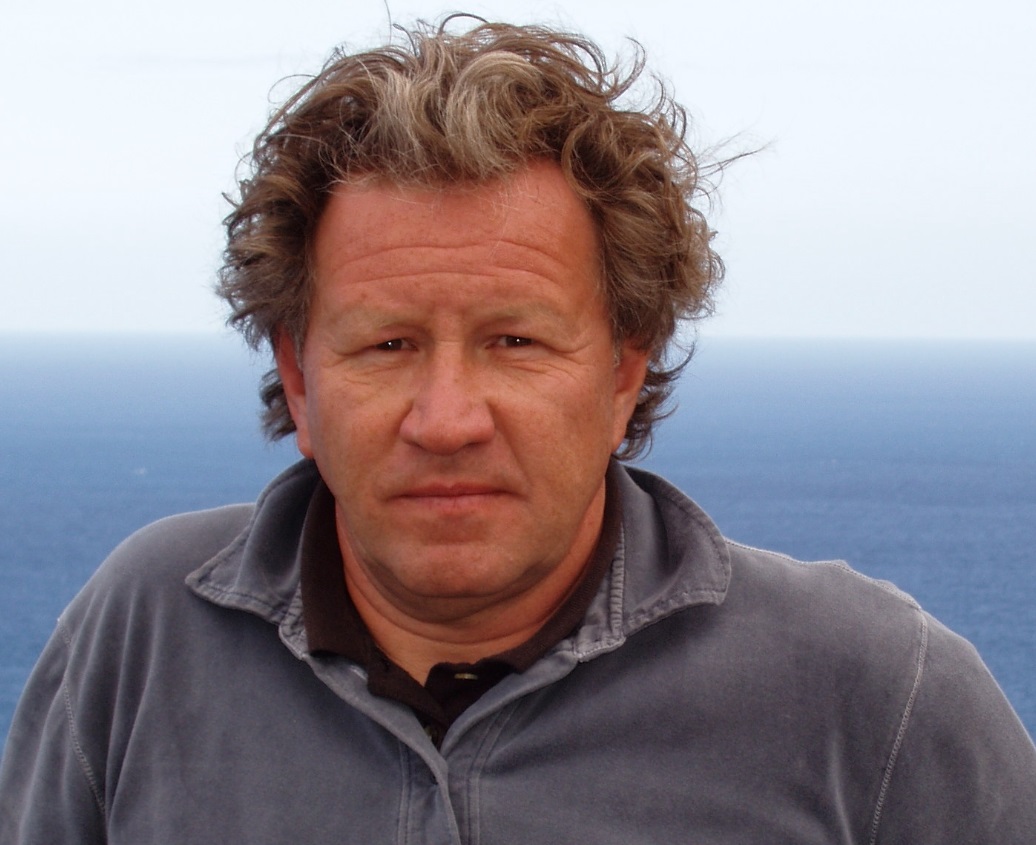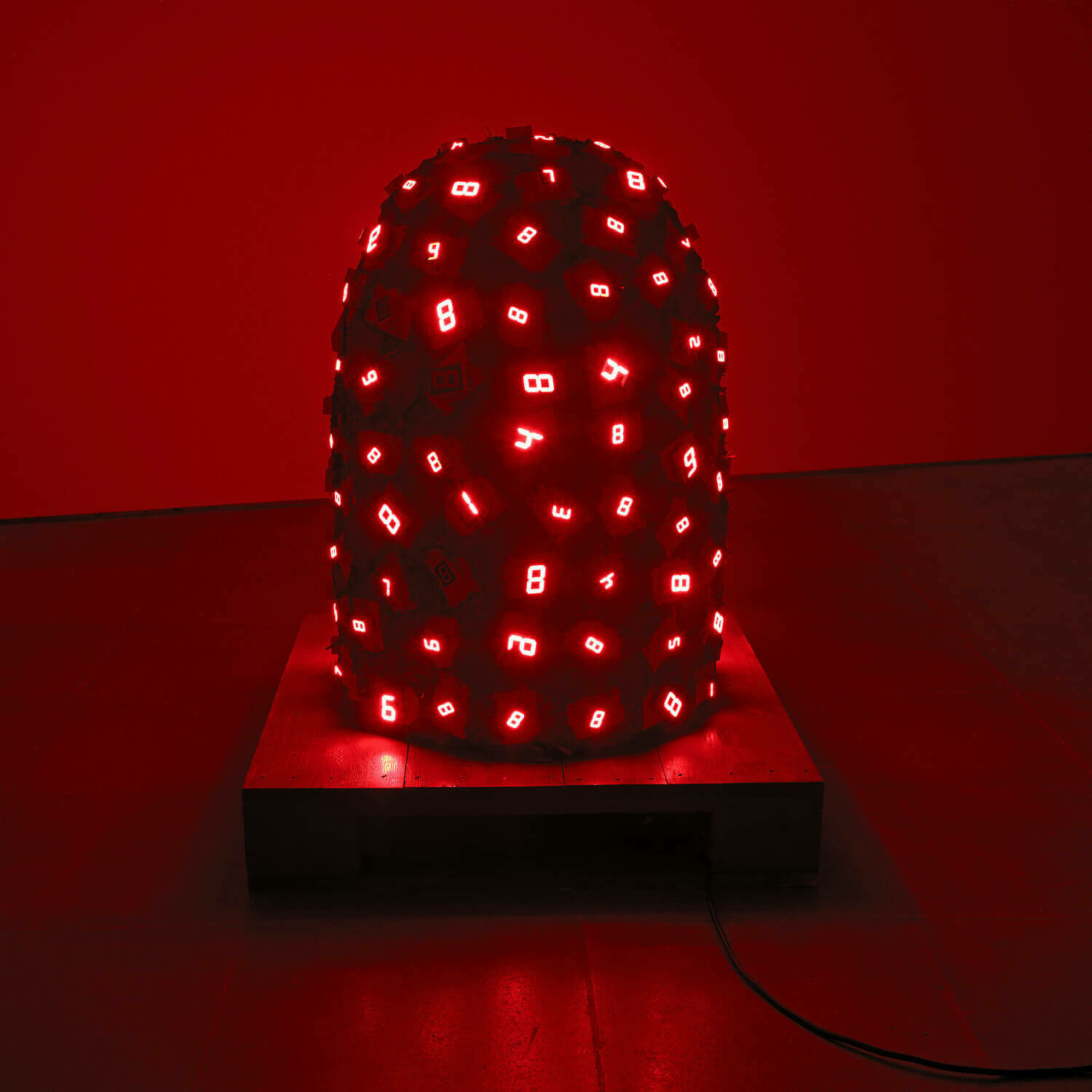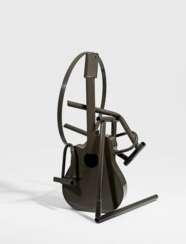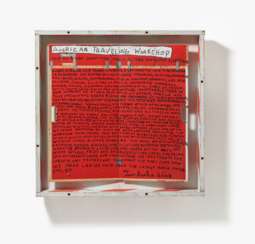
Contemporary Objects — Post War
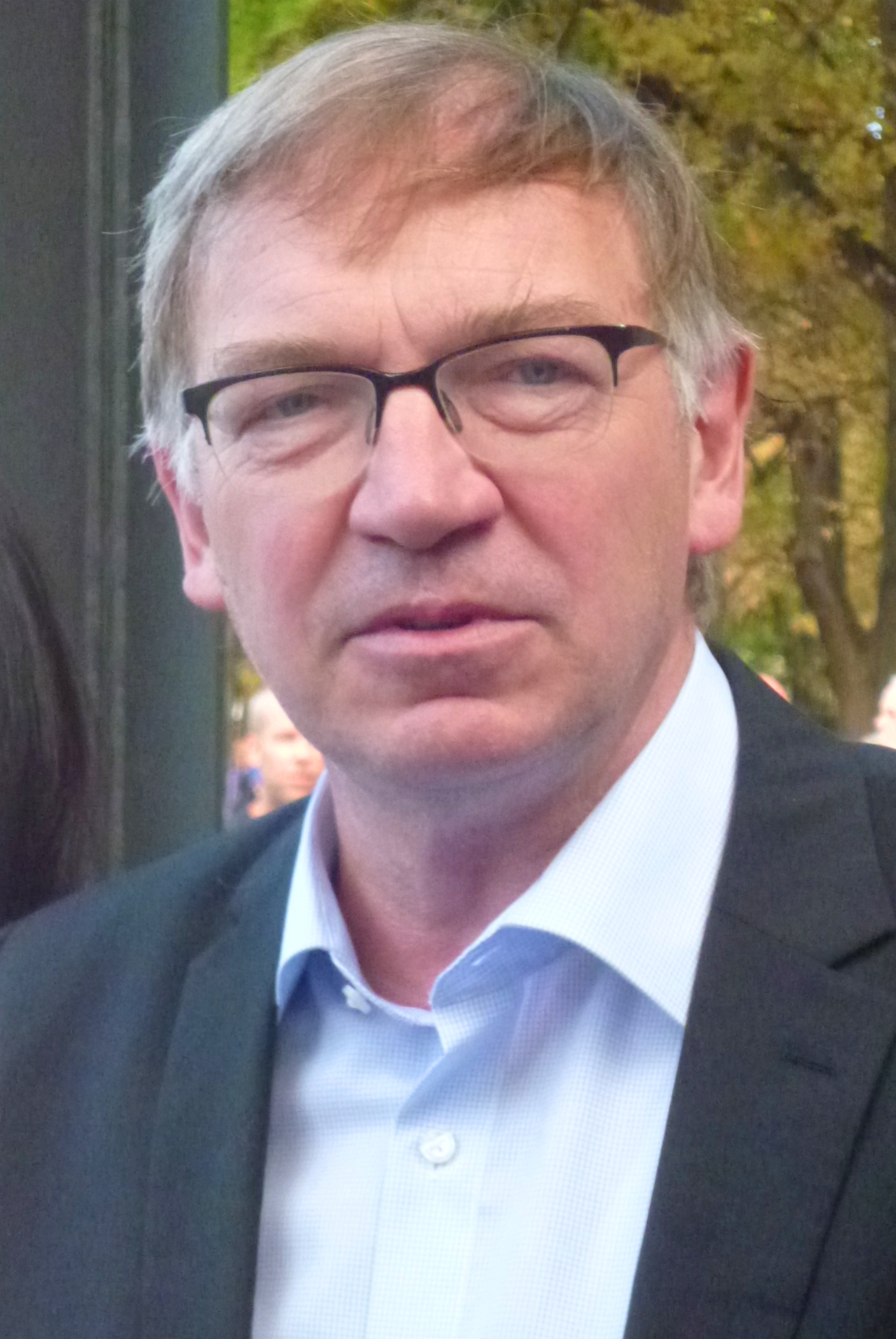
Stephan Balkenhol is a German artist known for his sculptures capturing the human form. Based in France and Germany, he specializes in wood sculptures, reliefs, drawings, and graphic techniques like lithography, woodcuts, and stencils. His distinct style features roughly carved and vibrantly painted wooden sculptures, often depicting people, animals, and architecture.
Balkenhol's subjects lack emotions, often gazing into emptiness, resulting in a distant and enigmatic aura. Wood is his primary medium, with softer woods allowing precise facial details while maintaining imperfections like chips, knots, and tool marks. The artist adds paint as a finishing touch, accentuating anatomy and vitality. The textured surfaces beneath the paint layer amplify the sense of life in Balkenhol's works.

Stephan Balkenhol is a German artist known for his sculptures capturing the human form. Based in France and Germany, he specializes in wood sculptures, reliefs, drawings, and graphic techniques like lithography, woodcuts, and stencils. His distinct style features roughly carved and vibrantly painted wooden sculptures, often depicting people, animals, and architecture.
Balkenhol's subjects lack emotions, often gazing into emptiness, resulting in a distant and enigmatic aura. Wood is his primary medium, with softer woods allowing precise facial details while maintaining imperfections like chips, knots, and tool marks. The artist adds paint as a finishing touch, accentuating anatomy and vitality. The textured surfaces beneath the paint layer amplify the sense of life in Balkenhol's works.

Stephan Balkenhol is a German artist known for his sculptures capturing the human form. Based in France and Germany, he specializes in wood sculptures, reliefs, drawings, and graphic techniques like lithography, woodcuts, and stencils. His distinct style features roughly carved and vibrantly painted wooden sculptures, often depicting people, animals, and architecture.
Balkenhol's subjects lack emotions, often gazing into emptiness, resulting in a distant and enigmatic aura. Wood is his primary medium, with softer woods allowing precise facial details while maintaining imperfections like chips, knots, and tool marks. The artist adds paint as a finishing touch, accentuating anatomy and vitality. The textured surfaces beneath the paint layer amplify the sense of life in Balkenhol's works.
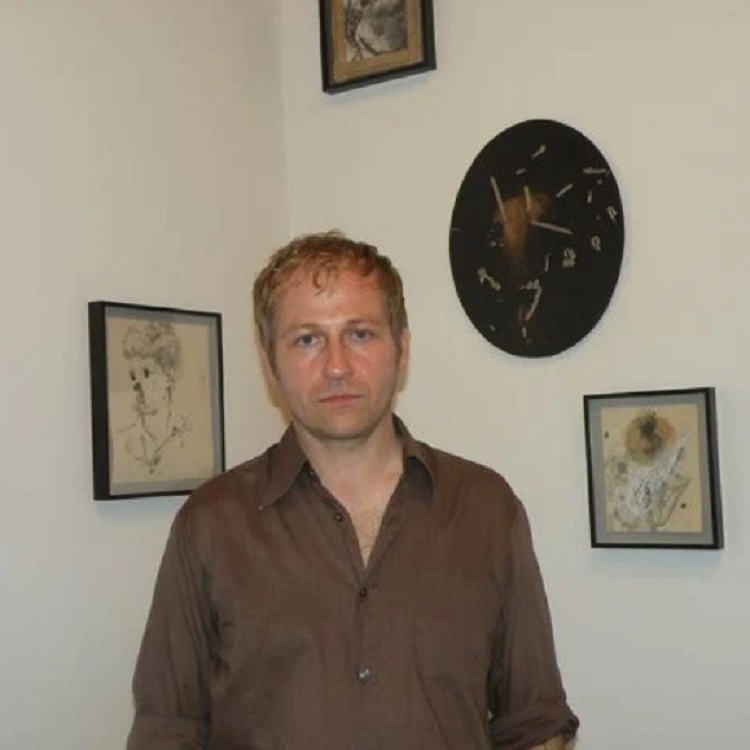
Thomas Helbig is a German painter and sculptor.
Thomas Helbig studied at the Academy of Fine Arts Munich and at Goldsmiths, University of London from 1989 to 1996. He lives and works in Berlin.
Although Helbig focused primarily on painting during his training, he now works with various media. Sculpture, painting and drawing have a balanced significance within the overall work. The starting point for the sculptures is often an already existing object, found at a flea market or in a second-hand shop. From the found object, mutating hybrids emerge in a process of construction and deconstruction, which communicate with each other in their many forms.
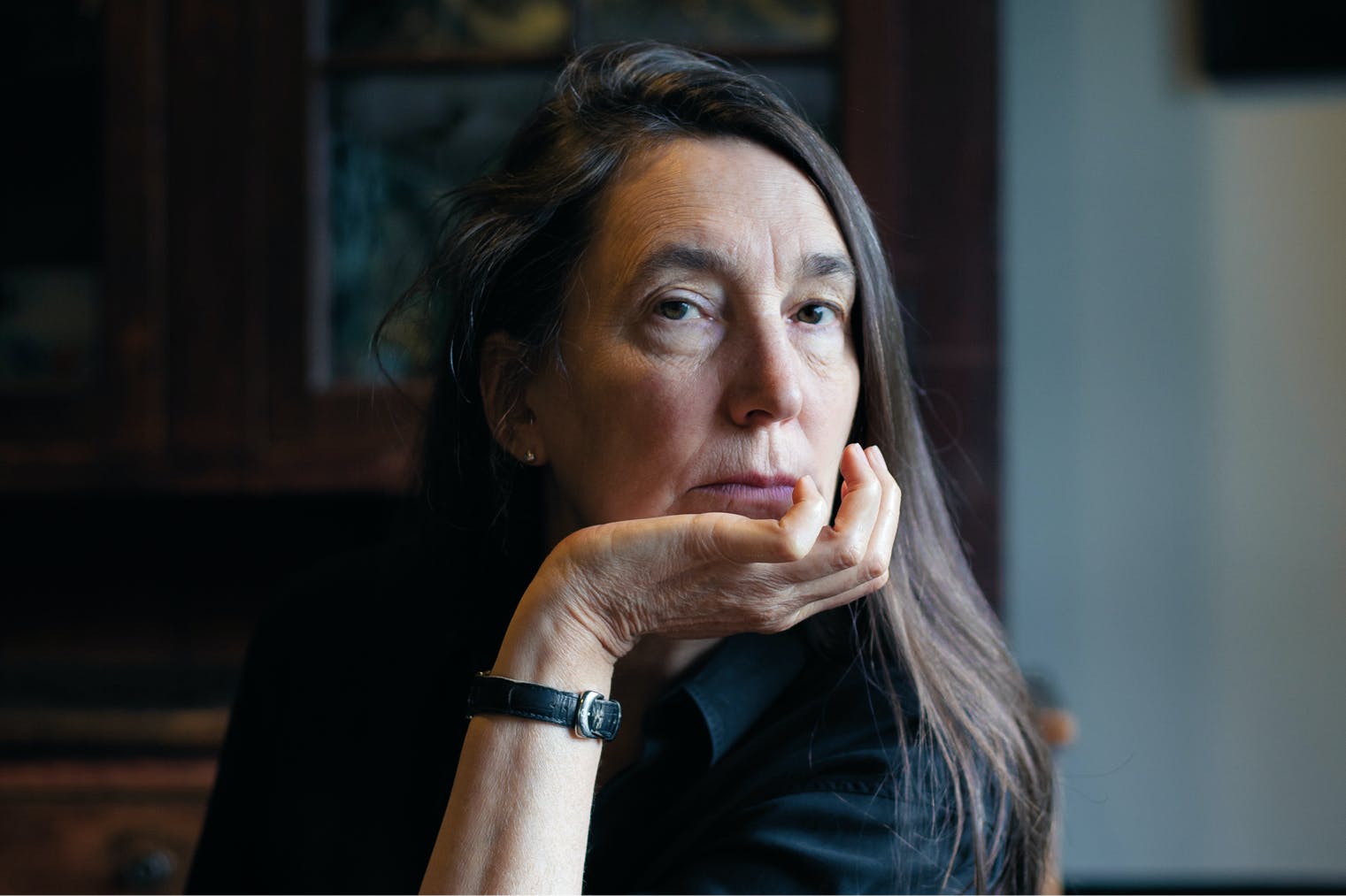
Jenny Holzer is an American neo-conceptual artist, based in Hoosick, New York. The main focus of her work is the delivery of words and ideas in public spaces and includes large-scale installations, advertising billboards, projections on buildings and other structures, and illuminated electronic displays.
Holzer belongs to the feminist branch of a generation of artists that emerged around 1980, and was an active member of Colab during this time, participating in the famous The Times Square Show.
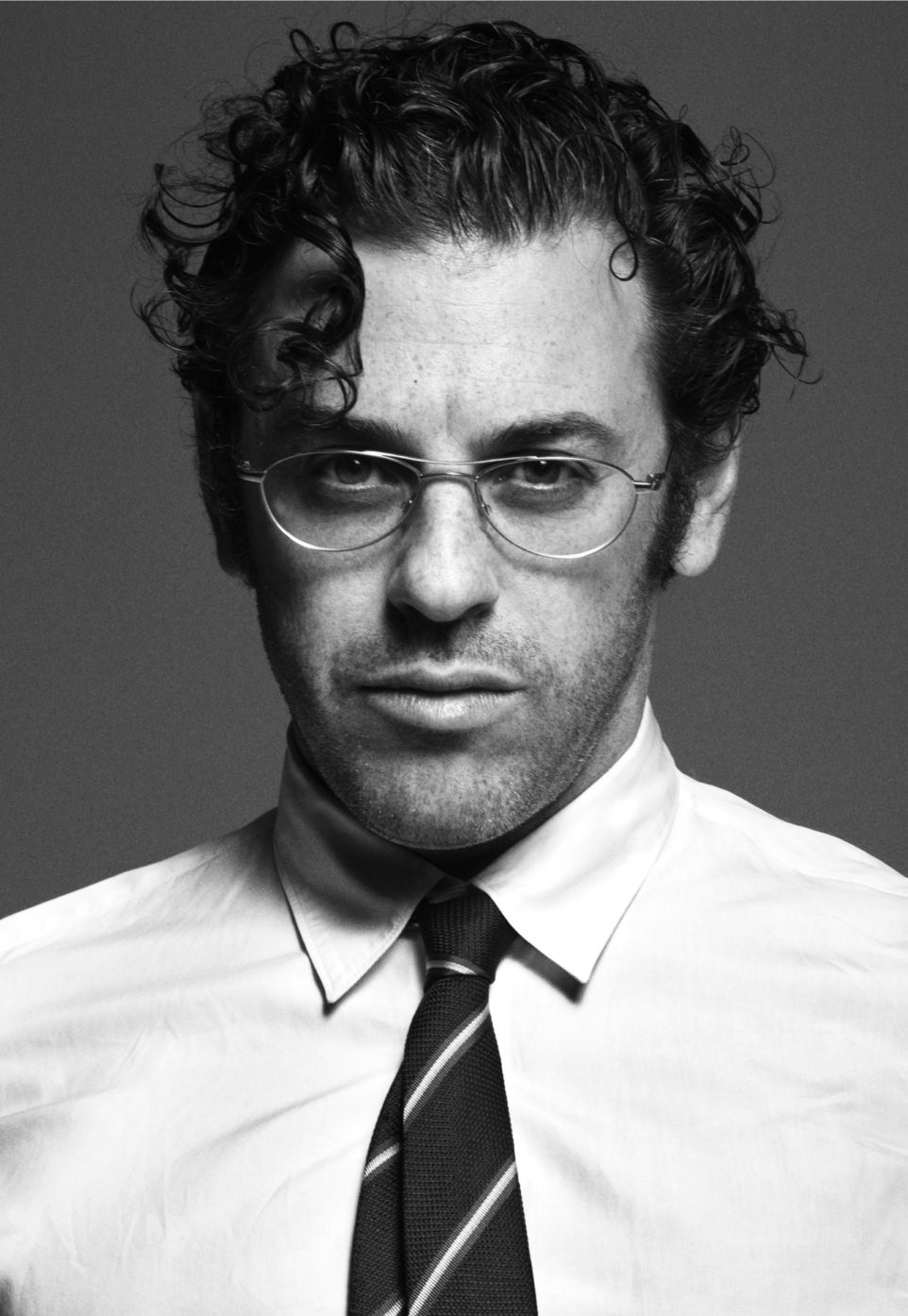
Tom Sachs is an American artist and sculptor.
He is known for installations of consumer products and has collaborated with Nike and McDonald's. Sachs also works on the development of his own Space Program and has created many space-related sculptures.
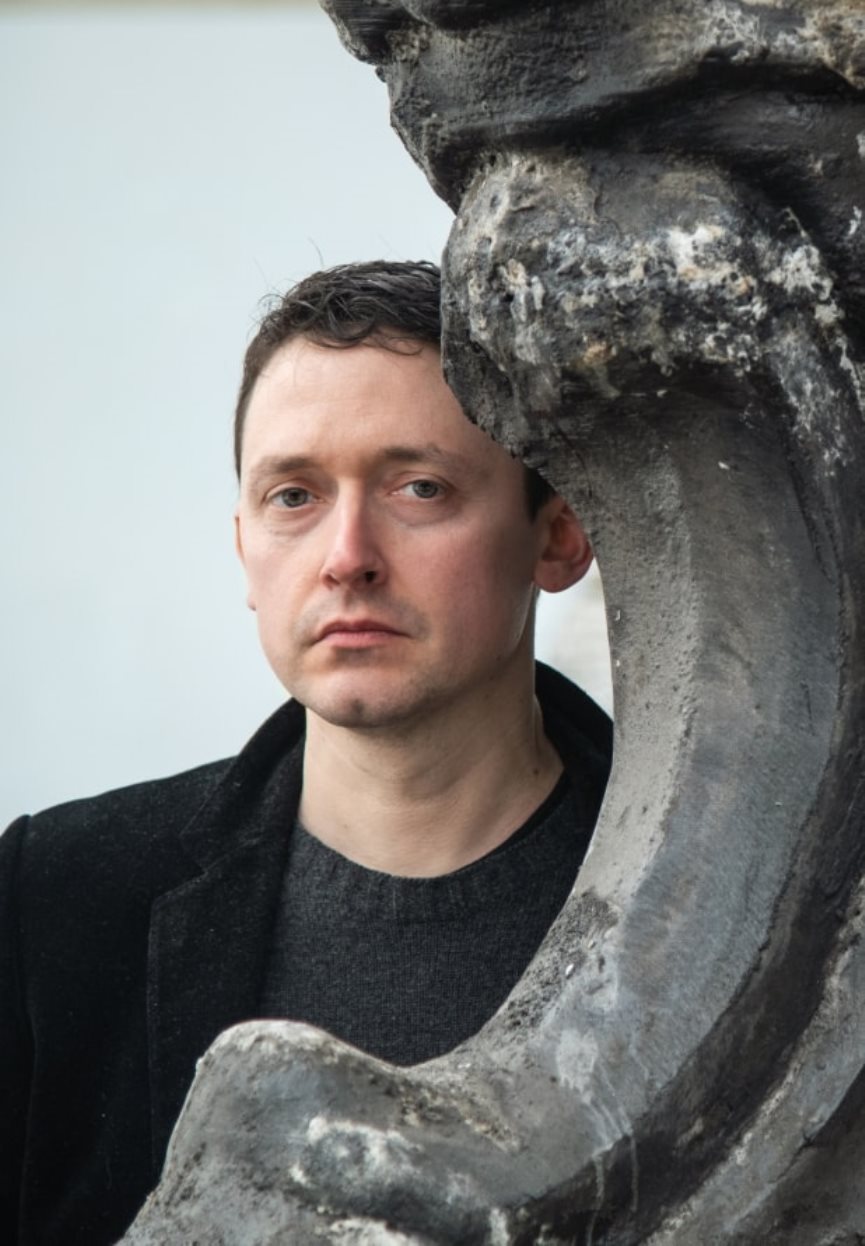
Nicola Samori is an Italian painter-painter and sculptor known for his brutal manipulation of works of art.
He graduated from the Academy of Fine Arts in Bologna and lives and works in Bagnacavallo.
Samori's work is inspired by the works of great masters, more often in the Baroque style of the 16th and 17th centuries: he creates copies of them and then rips, scratches, pierces them, thereby transforming them, filling them with the restless spirit of our time. In roughly the same way, the artist also creates sculptural works, giving birth to new, modern images rooted in the history of art.

Nicola Samori is an Italian painter-painter and sculptor known for his brutal manipulation of works of art.
He graduated from the Academy of Fine Arts in Bologna and lives and works in Bagnacavallo.
Samori's work is inspired by the works of great masters, more often in the Baroque style of the 16th and 17th centuries: he creates copies of them and then rips, scratches, pierces them, thereby transforming them, filling them with the restless spirit of our time. In roughly the same way, the artist also creates sculptural works, giving birth to new, modern images rooted in the history of art.
